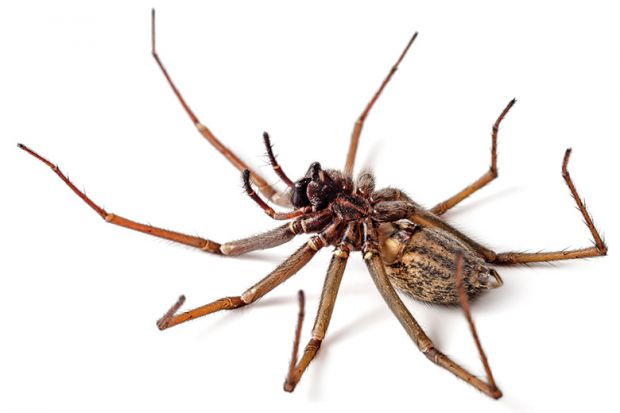The philosopher Thomas Nagel claims to have saved a spider from a Princeton University urinal. It seemed unable to get out and was being peed on many times a day, so he assumed that he was doing a poor creature a good turn when he carefully used a paper towel to lift it out. Yet he was merely taking it out of its ideal environment, and the next day he found the spider dead.
This may or may not be a true story, but it uses a lively anecdote to make a sharp moral point: if we try to do good while operating with faulty assumptions we can end up doing real harm. Many philosophers and physicists have used stories as thought experiments to raise questions or develop unexpected arguments. Einstein imagined chasing a beam of light. Erwin Schrödinger described a cat, apparently both dead and alive, to illuminate the paradoxes of quantum physics. John Searle imagined a humble clerk who received messages in Chinese, applied a strict set of rules to them and generated exact English translations in order to demonstrate that computers don’t really think. Others have wondered what it might mean to receive a message from the future or suddenly start seeing the world in colour. And almost everybody has heard about the monkey typing pool which, hitting keys at random, eventually produces the complete works of Shakespeare.
Many of these stories are memorable in themselves. But they also have the potential to inspire genuine works of fiction, with rounded characters, proper plot development and perhaps even emotional depth. That, at any rate, is the premise behind a recent book by Comma Press, Thought X: Fictions and Hypotheticals, edited by Rob Appleby and Ra Page.
The publisher has already produced a number of anthologies bringing together scientists and creative writers, whether to revivify science fiction or to find the dramatic potential in scientific discovery. The new one takes 14 of the most famous thought experiments, asks fiction writers to produce short stories based on them and pairs each with reflections from a scientist or philosopher.
Robin Ince, for example, embroiders Nagel’s spider anecdote with a story of a man who is so worried about the dangers of intervening at the wrong time (and about ruining his beautiful new shoes) that he convinces himself to walk past a child drowning in a lock. Annie Clarkson extrapolates from Searle’s “Chinese room” to tell a chilling tale about a young woman employed in a brothel to teach sexbots how to convince clients that they have real interior lives.
It all makes for a strange and mind-bendingly entertaining book, but despite the strong academic involvement it is not one that I – as the new books editor at Times Higher Education – would get reviewed. I plan to use this new three-weekly column to flag up unusual books and comment on interesting developments in academic publishing. Please keep me informed about what is going on and coming up!
POSTSCRIPT:
Print headline: Marginalia and miscellanea: Weaving a tale of spiders and sexbots
Register to continue
Why register?
- Registration is free and only takes a moment
- Once registered, you can read 3 articles a month
- Sign up for our newsletter
Subscribe
Or subscribe for unlimited access to:
- Unlimited access to news, views, insights & reviews
- Digital editions
- Digital access to THE’s university and college rankings analysis
Already registered or a current subscriber? Login
